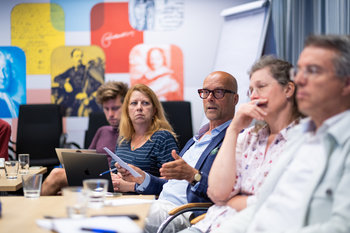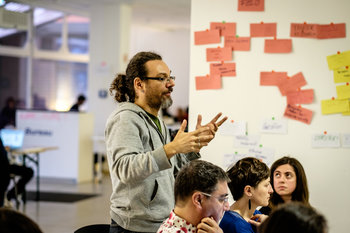
Strategic Change
A major change in an organization's strategy. For example, an electric utility that shifts to energy production methods that are perceived as relatively clean and environmentally responsible.Branding | Business Model |
Corporate Identity | Customer Experience |
Diversification | Mission & Vission |
Operating Model | Pricing Model |
Product Differentiation | Reputation |
Resilience | Revenue Model |
Structural Change
Changes to the way that an organization is structured. For example, an airline that acquires a competitor in order to reduce competitive pressure.Acquisitions | Business Units |
Capital Structure | Consolidation |
Corporate Spin-off | Divestiture |
Insourcing | Mergers |
Outsourcing | Reporting Structure |
Restructuring | Strategic Partners |
Process Change
Changing how you do things.Applications | Automation |
Compliance | Cost Reduction |
Integration | Measurement |
Optimization | Process Rationalization |
Process Re-engineering | Risk Management |
Sourcing | Systems |
People Change
Changes related to your employees.Employee Satisfaction | Employer Branding |
Layoffs | Norms |
Organizational Chart | Organizational Culture |
Performance Management | Recruiting |
Rewards | Working Conditions |
Approaches To Change
Organizational change can be approached in three ways:
Turnaround
A turnaround is change that is designed to save an organization or department that is failing. This may involve sudden and drastic changes such as closing entire departments to conserve capital.
Transformational Change
Large programs of change that are implemented in large packages. Any organizational change that takes many months to implement falls into this category. Transformational change tends to be expensive and failure prone but is unavoidable where there is no incremental path to achieving a change.
Adaptive Change
Small but frequent changes that take no more than 3 weeks to implement. This typically involves implementing your best ideas quickly and is extremely responsive. Adaptive change is far less failure prone than transformational change and gets change to market quickly.
Notes
The process of directing and leading organizational change is known as change management.| Overview: Organizational Change | ||
Type | ||
Definition | Major change to an organization that requires direction and leadership by executive management. | |
Related Concepts | ||















